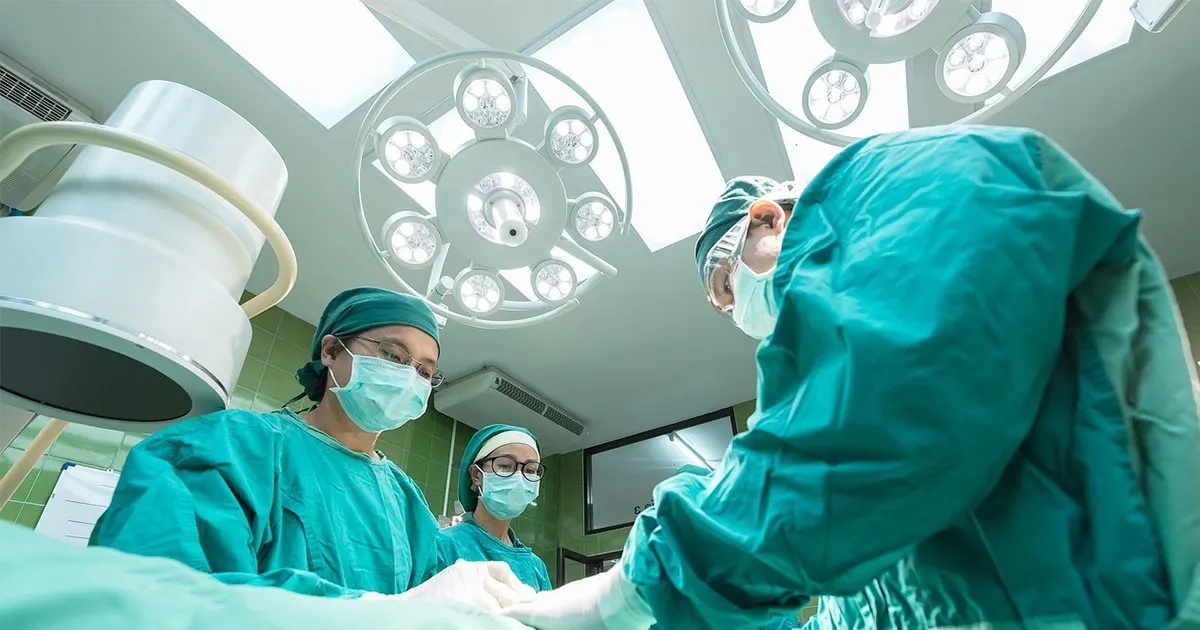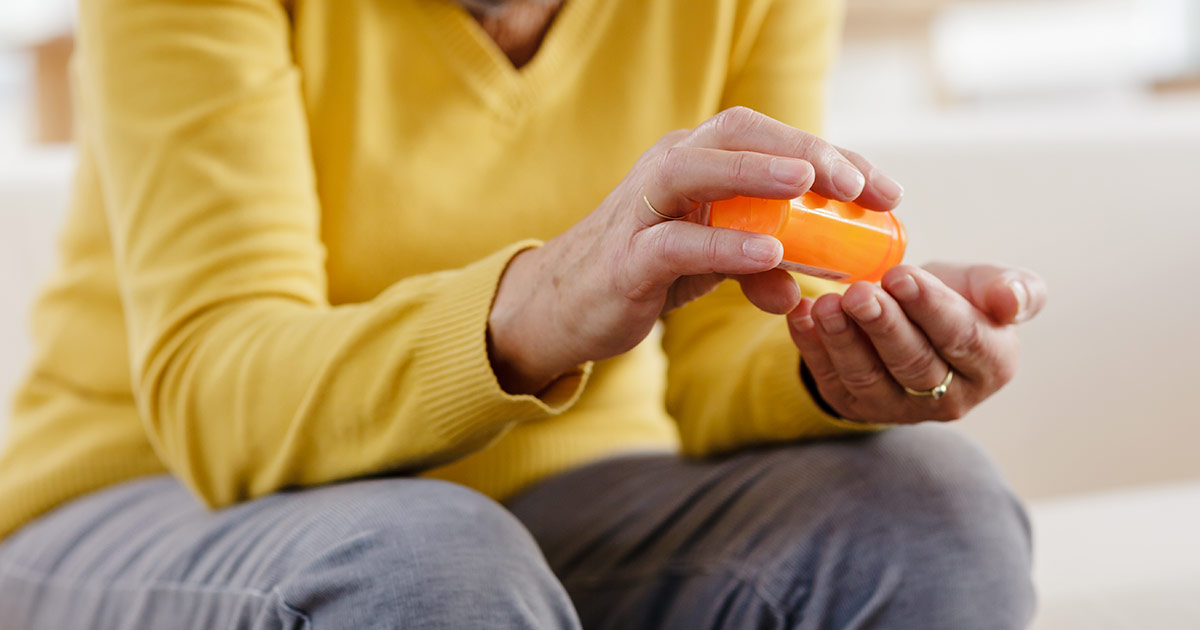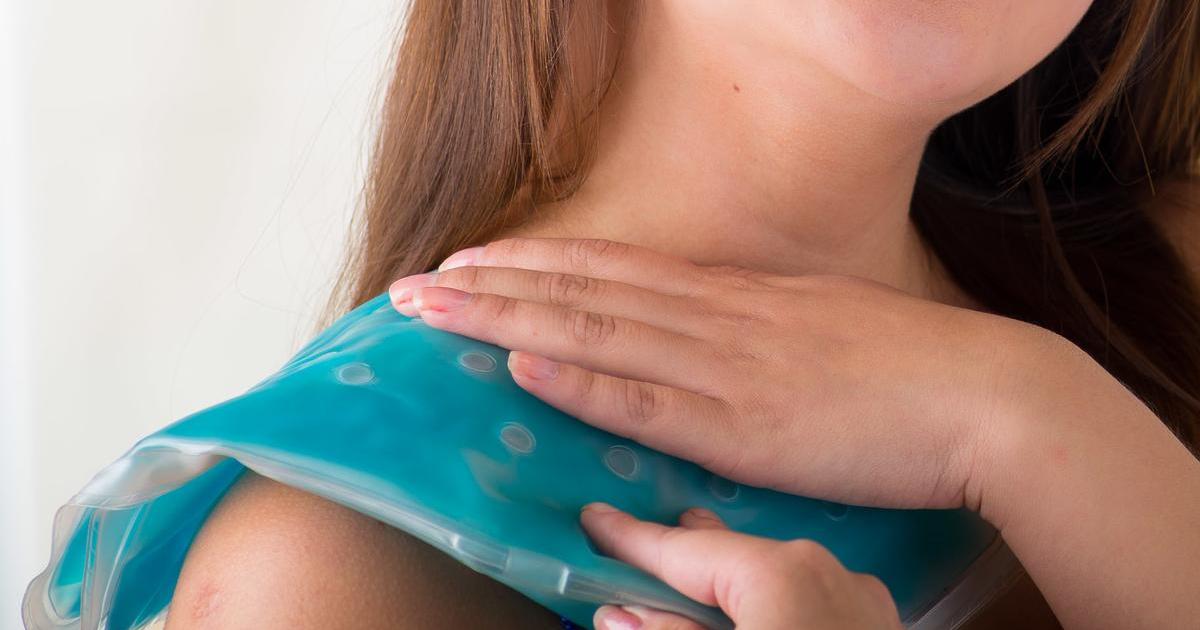Tips For Treating A Separated Shoulder
A separated shoulder occurs when the ligaments that attach the collarbone to the shoulder blade become injured. With severe injuries, there may be tears in the ligaments. Most of these injuries heal after a few weeks, and patients regain the full function of their shoulder. Separated shoulder symptoms include pain in the shoulder, weakness in the arm and shoulder muscles, swelling or bruising around the shoulder, a limited range of motion, or a bump and swelling on top of the shoulder. The injury is most commonly caused by a direct blow or fall to the shoulder.
Learn more about treatments available for a separated shoulder now.
Physical Therapy

There are physical therapy exercises that can help treat a separated shoulder. These are geared toward repairing the range of motion and strengthening the muscles again. Generally, patients should wait until after the initial injury has healed before they begin doing exercises. Exercising and straining the muscle during the healing process can cause the injury or tear to become worse. There are a number of 'wand' exercises patients can do by holding a stick and extending their arm to different shoulder-stretching positions. In addition, stretches like shoulder flexing, shoulder extending, and pulling the shoulders up to the ears can help. Patients might benefit from circular shoulder motions to test and slowly build up their range of motion.
Continue reading to reveal additional options for treating a separated shoulder now.
Reconstructive Surgery

Though the majority of cases will resolve on their own without needing medical intervention, there are sometimes serious injuries that require reconstructive surgery. Medical professionals classify shoulder separations by different categories. Most orthopedic surgeons believe type I and type II separations won't need surgery. Some doctors believe type III separations should heal on their own, while others recommend surgical reparation. With type IV, V, or VI, though, the healing process is significantly helped by surgery. The surgical options available include reparation of the AC joint, techniques to hold the collarbone down using heavy sutures or metal, and reconstruction of ligaments. Ligament reconstruction can be done with donor tissue or the patient's own tissue. A Weaver-Dunn surgery moves the position of one of the body's other major ligaments to attach it to the clavicle, holding it in the normal position. It's also possible to reconstruct the ligaments with a tendon harvested from the patient's leg or a donor.
Get more information regarding tips to treat a separated shoulder now.
Pain Relief Medication

Most injuries won't require prescription-strength pain relievers, but they can still cause discomfort and moderate pain. Doctors recommend treating separated shoulders with over-the-counter pain medications. Three of the most common are acetaminophen, ibuprofen, and naproxen sodium. Acetaminophen is an analgesic, which means it reduces pain, and an antipyretic, which means it reduces fever. Scientists don't know the exact mechanism that makes it work, but one theory is it reduces prostaglandin production in the brain. These chemicals are responsible for swelling and inflammation. Ibuprofen is a non-steroidal anti-inflammatory medication that also blocks prostaglandin production. Naproxen sodium is also an NSAID that blocks inflammation-causing chemicals. Pain medications are most effective when taken at the first signs of pain, rather than taken to block existing pain. There are prescription-strength naproxen sodium medications available to treat more serious pain from injuries and illnesses.
Uncover more strategies for treating a separated shoulder now.
Avoid Strenuous Activity

After the shoulder injury, the most important thing patients can do is avoid strenuous activity and rest. Athletes, especially those who participate in contact sports, will need to take a break for a few weeks. Depending on the injury's severity, these patients may also want to get a doctor's sign-off that they're well enough to pick up sports again after they're healed. Patients should also avoid lifting heavy objects or doing upper body exercises that strain the shoulder, as it's important to minimize movement so the muscle can heal. Moving too much will pull the injured fibers further apart. One particularly harmful motion is crossing the arm over the chest. It might help patients to place their arm in a sling on a temporary basis to keep the joint immobilized. This solution also reduces pressure on the shoulder, which can help lessen swelling and speed up the healing process.
Learn more about how to treat a separated shoulder now.
Ice The Shoulder

Ice is one of the most common at-home remedies to reduce swelling and pain. Patients might combine shoulder icing with over-the-counter pain relievers, as they tend to be particularly effective when used together. To avoid causing potential damage to the skin, individuals should only use cold packs for between fifteen and twenty minutes at a time. After this period, patients should remove the ice and allow the shoulder to warm back up again. If individuals start feeling pain again, they can put another ice pack on, but should stop using the ice right away if their injury turns red or pink. Ice packs shouldn't be used for left shoulder injuries if the patient has a pre-existing heart condition, as they can cause a shock to the cardiovascular system.
